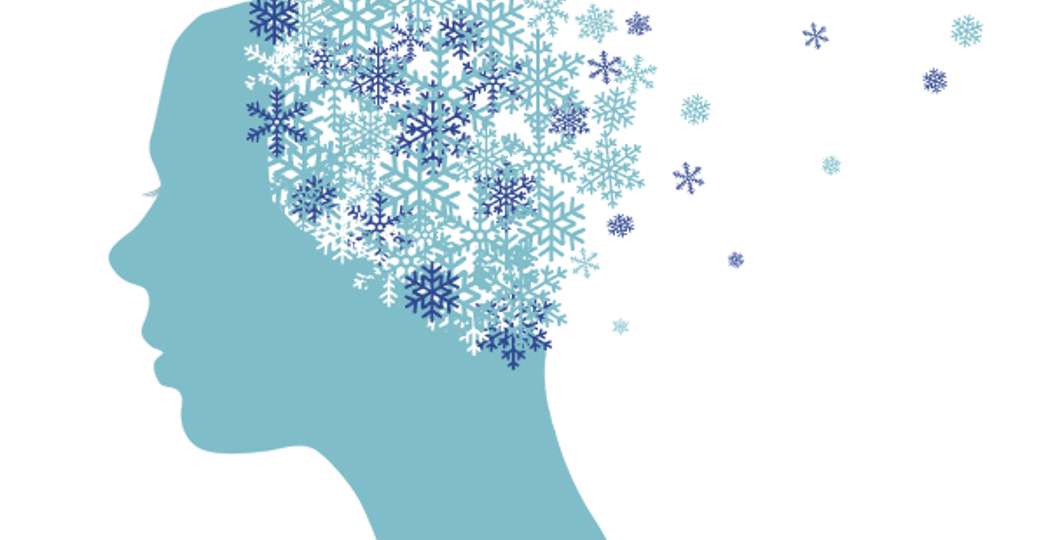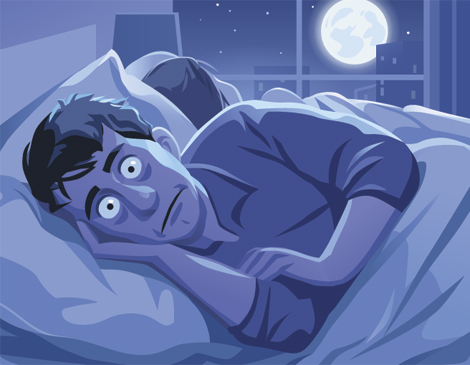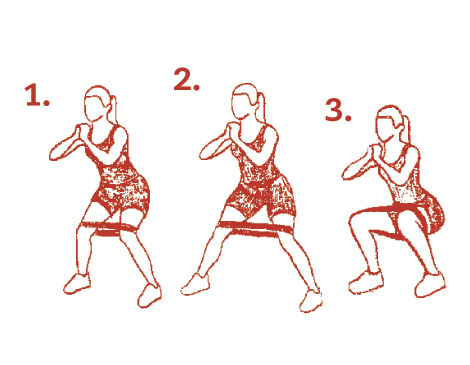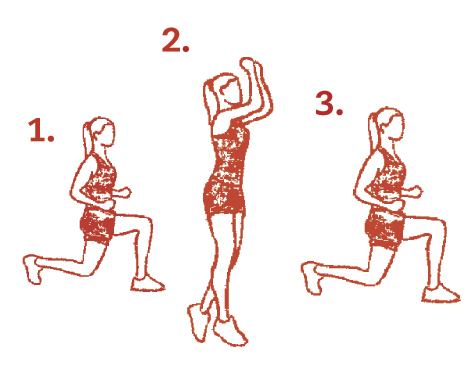Clevelanders' Guide To Seasonal Affective Disorder
by Dillon Stewart | Jan. 8, 2019 | 2:00 PM

Erin Stinard
Once the holiday jingles quiet, many Clevelanders find themselves singing the winter blues. But sometimes wintertime sadness signifies something more serious. Seasonal affective disorder, a subset of major depressive disorder, most commonly strikes as the days turn from sunny to dim and short, though some experience it in the spring or early summer. Doctors haven’t pinpointed the cause, but theories include vitamin D deficiencies, abnormal serotonin levels or even disturbances in circadian rhythm caused by daylight savings time. Regions such as Northeast Ohio, which experiences 39 fewer sunny days per year than the national average, and New England are more vulnerable, says Cleveland Clinic staff psychiatrist Mirica Sanders. “People [in those areas] need to have good screening habits and some self-awareness to what is going on with their energy levels and sleeping and eating habits,” she says. Luckily, there is help. We talked to Sanders about some warning signs that suggest seasonal affective disorder and some coping mechanisms to help boost energy and mood until spring flowers bloom.
 Important Indicators:
Important Indicators:
These are three of the most common symptoms of patients suffering from SAD.
1. Depressive spells
While the winter blues can put you in the dumps for a few days, depressive spells lasting two weeks or more is the most obvious sign that you may be suffering from SAD. “When we talk about SAD, these are people with a seasonal pattern, who are fine in the spring and summer’s sunny days and then begin to experience depressive symptoms in the fall and winter,” says Sanders.
2. Sleep disturbances
Sanders’ first question when screening a patient for SAD: “Are you sleeping more or less?” Fluctuations in sleep can cause feelings of sluggishness and loss of motivation. “One theory is that daylight savings time ending causes a disruption in circadian rhythm,” she says. “Another theory is that there may be an overproduction of melatonin [a chemical that promotes sleep] in the brain.”
3. Weight gain
Thanksgiving and holiday parties might not be the only reason those pants are getting tighter. “People who may have seasonal depressive disorder tend to eat more during these months,” she says. “Thus, they gain weight and have less energy.” Some research even finds that SAD patients increase carb intake, which turns into sugar and contributes to weight gain and lower energy.

Blues Busters:
These coping mechanisms can help you boost your mood and energy.
Vitamin D Pills
Our wintry, gray skies could be contributing to your cloudy countenance. To combat the lack of sunlight, vitamin D supplements, which can boost the immune system and promote weight loss in addition to fighting depression, can be purchased over-the-counter at your local drugstore. “You can find out if you have a vitamin D deficiency through a blood lab,” says Sanders.
Getting Fit
With winter acting as a petri dish for low energy and depression, healthy eating and daily exercise produces endorphins that keep you refreshed and going. “We suggest 30 minutes of aerobics daily,” says Sanders. “This should be intentional, sustained exercise, not walking the hallways at work.” Frequent cardiovascular exercise can also counteract sleep, energy and mood issues associated with SAD.
Bright Light Therapy
Administered by sitting in front of a 10,000-lux light box containing white fluorescent light, bright light therapy helps some patients fight depressive symptoms and regulate sleep patterns, serotonin and melatonin. “Sit in front of a lamp for 20-40 minutes in the morning, and see if you get that extra energy,” she says. “I tell my patients that you have to find what works best for you.”
Home Work
A wintertime drive to the gym can be daunting. But breaking a sweat at home is easier than you think, says certified personal trainer Stefanie Tsengas, of StefanieMarieFit. Grab a resistance band, move that coffee table and try these indoor exercises.

Lateral Band Walk To Squat
In a squat position, walk laterally 10 steps to the right, stop and do 10 squats. Then, take another 10 steps to the left and do 10 more squats. Place the band above your knees for added resistance. Your heart rate should begin to increase as you activate your glutes and abductors. “Stay low and push through each step,” says Tsengas. “This is really helpful for people who have issues with balance and stability.”

Jumping Lunges
Start in a lunge position with your right leg back. As you jump, shoot your left leg back and land in the opposite lunge position. Repeat for 20 reps to reach peak heart rate. “Really push through your heel and use more force to activate your glutes,” she says. “Make sure your toes don’t go over your knees and keep your chest up.”
Pro Tip: Add jumping jacks, burpees or another band exercise and repeat these workouts for 30 minutes, minimizing breaks to 45 seconds, for a circuit-style, cardiovascular workout.

Dillon Stewart
Dillon Stewart is the editor of Cleveland Magazine. He studied web and magazine writing at Ohio University's E.W. Scripps School of Journalism and got his start as a Cleveland Magazine intern. His mission is to bring the storytelling, voice, beauty and quality of legacy print magazines into the digital age. He's always hungry for a great story about life in Northeast Ohio and beyond.
Trending
-
1
-
2
-
3
-
4
-
5










